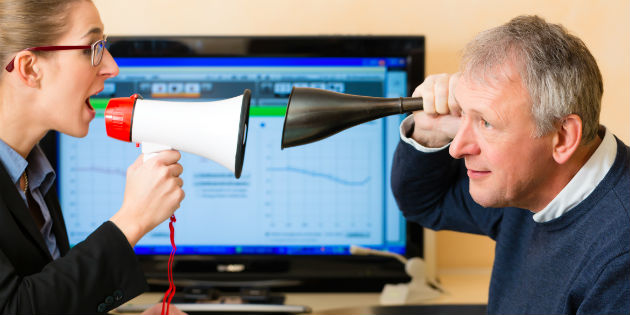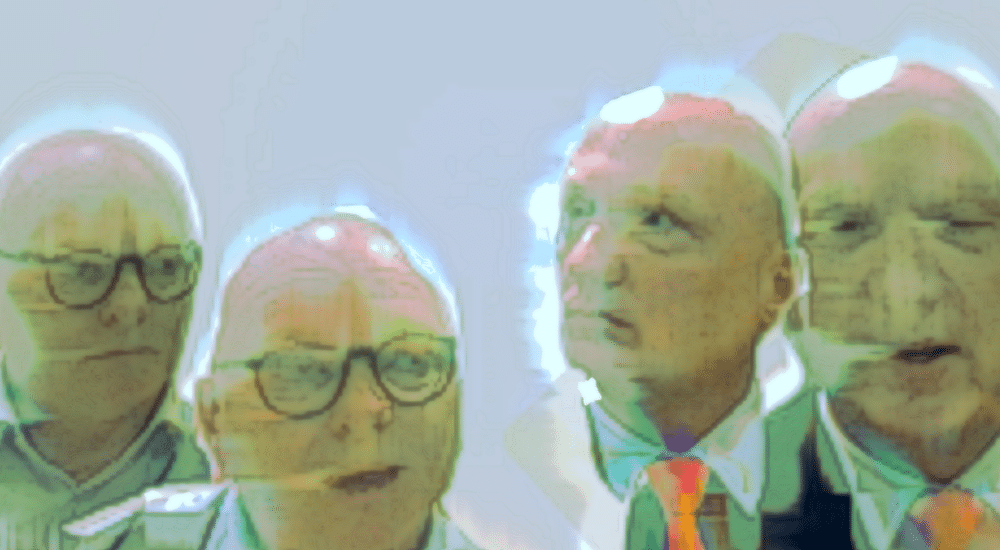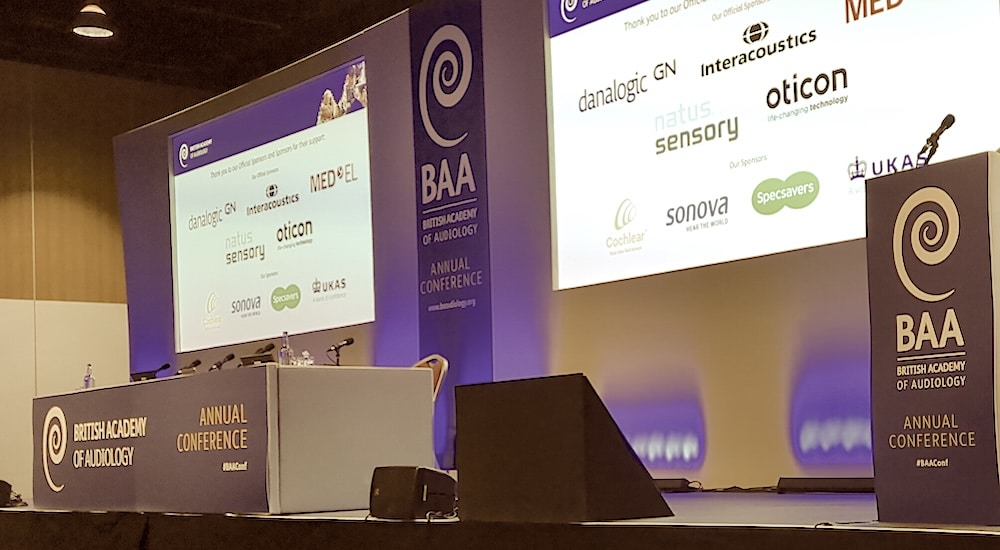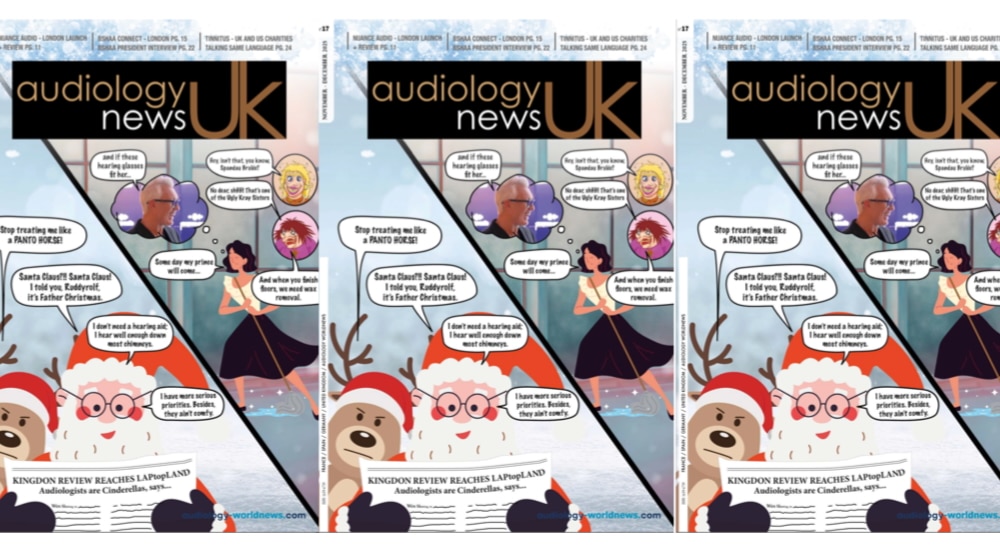Focus on audiometry: a bit of history
Diagnosis Technology
In the second half of the 19thcentury, a variety of audiometerswere invented.

These earlyaudiometers were known as‘induction-coil audiometers’ –their invention followed thedevelopment of the induction coilin 1849 and audio transducers in1876.
In 1885, Arthur Hartmanndesigned an ‘Auditory Chart’, whichincluded left and right ear tuningfork representation. In 1899, CarlSeashore introduced the audiometeras an instrument to measure the‘keenness of hearing’ whether in thelaboratory, schoolroom, or officeof the psychologist or aurist. Theinstrument operated on a batteryand presented a tone or a click; ithad an attenuator set in a scaleof 40 steps. Max Wien conceivedthe concept of a frequency versussensitivity (amplitude) audiogramplot of human hearing sensitivityin 1903.
There is an additional reason why the use a PROM inaudiological practice is warranted: it is now widely knownthat in order to process degraded speech, a listener needsto exploit cognitive resources to understand the message.Someone’s cognitive abilities therefore affect someone’sability to understand speech. The pure-tone audiogramreveals the state of a person’s peripheral hearing, butdoes not take the cognitive aspects of hearing intoaccount. A PROM does because an individual’s cognitiveskills are automatically incorporated in the self-reportedhearing status.”
Since 1919 vacuum tubeshave been used in electronic audiodevices. In 1922 otolaryngologistEdmund Fowler and physicistsHarvey Fletcher and Robert Wegelfirst employed frequency at octaveintervals plotted along the abscissaand intensity downward along theordinate as a degree of hearingloss.
With further technologicaladvances, bone conduction testingcapabilities became a standardcomponent of audiometers. In 1967,Sohmer and Feinmesser were thefirst to publish ABRs recorded withsurface electrodes in humans whichshowed that cochlear potentialscould be obtained non-invasively.In 1978, David Kemp reported thatsound energy produced by the earcould be detected in the ear canal.The first commercial system fordetecting and measuring OAEs wasproduced in 1988.
The etymology of audiometry
The word ‘audiometry’ combines the Latin verbs‘audire’ (to hear) and ‘metria’ (to measure).Audiometric tests determine a person’s hearinglevels with the help of an audiometer, but alsomeasure the ability to discriminate betweendifferent sound intensities, recognize pitch,or distinguish speech from background noise.Acoustic reflex and otoacoustic emissions mayalso be measured. Results of audiometric testsare used to diagnose hearing loss or diseases ofthe ear.
Subjective or objective?
Subjective audiometry: Subjective audiometry requires the cooperationof the subject and relies upon subjectiveresponses which may be both qualitative andquantitative. It includes various kinds oftesting, such as: differential testing, pure toneaudiometry, Threshold Equalizing Noise (TEN)tests, Masking Level Difference (MLD) tests,Psychoacoustic (or Psychophysical) Tuning Curvetests, Békésy audiometry and speech audiometry.Speech audiometry, a diagnostic hearing testdesigned to test word or speech recognition,has become a fundamental tool in hearing-lossassessment.
Objective audiometry: Objective audiometry is based on physical,acoustic or electrophysiologic measurementsand does not depend on the cooperation orsubjective responses of the subject. Examples ofobjective audiometry are caloric stimulation/reflex tests, electronystagmography andacoustic immittance audiometry. Immittanceaudiometry evaluates middle ear function bystatic immittance, tympanometry, and themeasurement of acoustic reflex thresholdsensitivity. Other examples of objectiveaudiometry are evoked potential audiometry(CAEP audiometry, ABR and ASSR audiometry),otoacoustic emission audiometry and in situaudiometry.
 Sign in
Sign in

